No End in Sight for Australia’s Longest-Running Gold Rush on Kalgoorlie-Boulder’s Golden Mile

The Golden Mile, pictured here in 1895, was known as the richest square mile on Earth.
Two prospectors in 1893 thought they had discovered something special when they found a small patch of ground in outback WA, and today it remains one of the world’s richest gold deposits.
Kalgoorlie-Boulder, 600km east of Perth, is famous for the Golden Mile that sparked the greatest gold rush Australia has seen, and it celebrates its 125th birthday this week.
Once considered the richest square mile on Earth, the Golden Mile has produced more than 60 million ounces of gold — and counting.
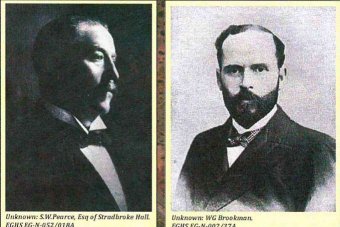
At today’s gold price of about $1,650 an ounce, that is the equivalent of about $100 billion worth of the precious metal.
This week marks 125 years since prospectors William Brookman and Samuel Pearce registered the Great Boulder lease, which has now been swallowed up by the Super Pit, Australia’s most famous gold mine.
Their find brought thousands more people to the Kalgoorlie gold rush, less than three months after prospectors Paddy Hannan, Thomas Flanagan and Dan Shea kicked it off with their discovery at Mount Charlotte a few miles away.
Today’s seven-hour drive from Perth to Kalgoorlie-Boulder took about five weeks in the early days of the rush, but there was no shortage of people willing to make the trip.
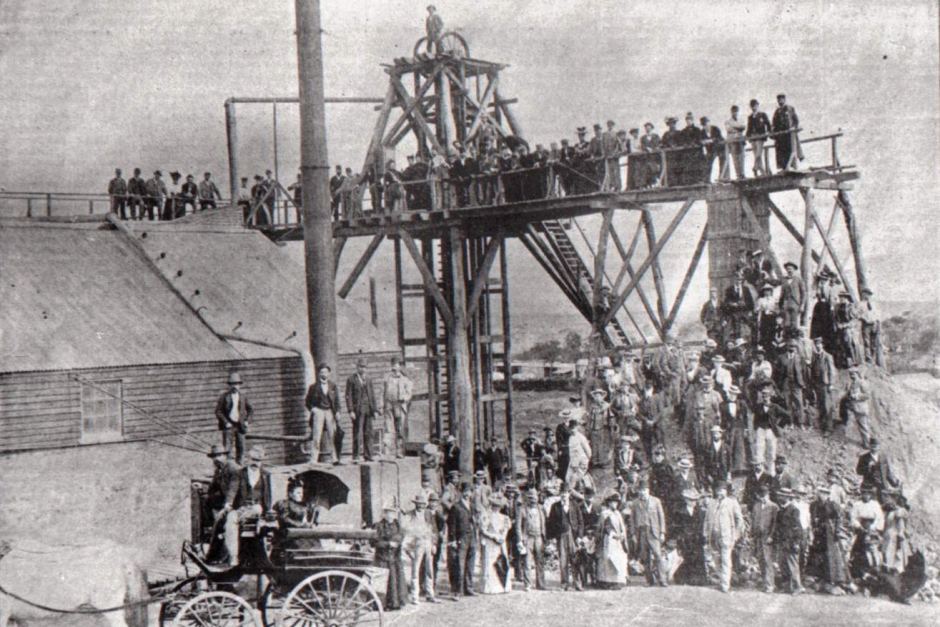
Globally significant find put town on the map
Eastern Goldfields Historical Society president Scott Wilson said the Golden Mile discovery remained significant on a global scale.
The World Gold Council ranks it fifth on a list of the world’s most productive gold districts.
“It’s phenomenal really when you think of what it started, what it created by its gold production. It really did put Kalgoorlie on the map,” he said.
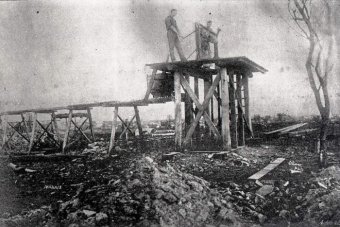
“Paddy Hannan and his mates did very well to find the gold up at Kalgoorlie, but it was really what happened at this point onwards that made Kalgoorlie-Boulder famous throughout the world.
“There are lots of rich gold mines throughout the world, but the thing we have here in Kalgoorlie is the geological formation is so condensed in one area.”
Brookman and Pearce were acting for a South Australian syndicate, and it was Brookman who rode into the nearby town of Coolgardie to register the Great Boulder lease on August 30, 1893.
During the remainder of 1893, the pair went on to peg and register a total of 19 leases.
‘Golden Mile’ took time to develop
The term Golden Mile became popular around 1899 and was originally used to describe the mines on the Ivanhoe, Great Boulder, Golden Horseshoe, Chaffers, Hannan’s Star and Boulder Main Reef leases.
Locals referred to it simply as “the Mile” and it is often used to describe the entire group of leases that make up the Super Pit today.
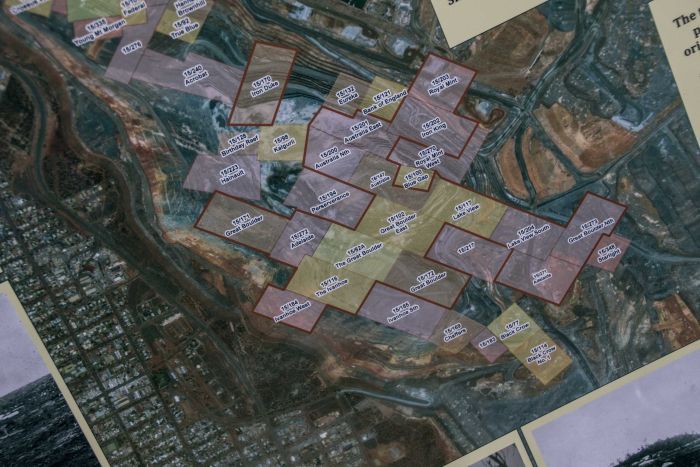
“It evolved rather slowly. It wasn’t a big, fantastic amount of gold sticking up out of the ground where prospectors could chop the gold off with tomahawks, so to speak,” Mr Wilson said.
“This was a very methodical, very wide lode formation, so they knew it was there and very rich and very big tonnages, but it did take time to develop.
“As each of these mines became extended outwards, they followed it out to the north, east, west.
“There was literally gold all over the place. It became known as the Boulder belt, but it took time before someone first coined the Golden Mile.
“Today we refer to the whole of the Super Pit pretty much as the Golden Mile, but anyone who looks at a map will know it’s more like the golden three or four miles.”
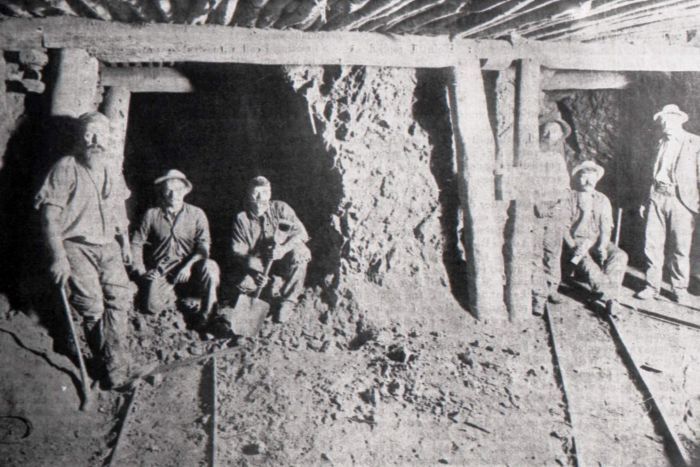
Gold rush changed the face of Australia
Melbourne-based gold analyst Sandra Close, managing director of Surbiton Associates, said the population explosion after the discovery changed the face of Australia.
“The original discovery was highly significant because it built a large gold industry in the Kalgoorlie-Boulder area,” she said.
“This led to a substantial second gold boom in Australia in the 1890s and early 1900s.
“This all happened around the time of Federation when it was questionable whether Western Australia would join the rest of the colonies to form the Commonwealth.
“The miners coming from the eastern states had a significant effect on Western Australia joining with the other colonies.”
